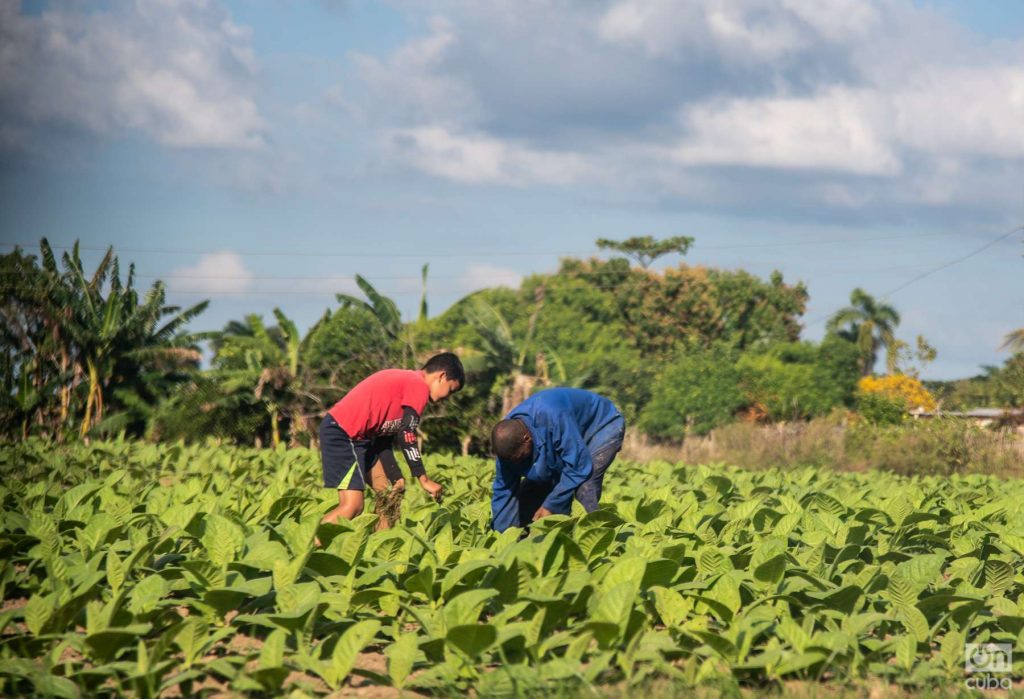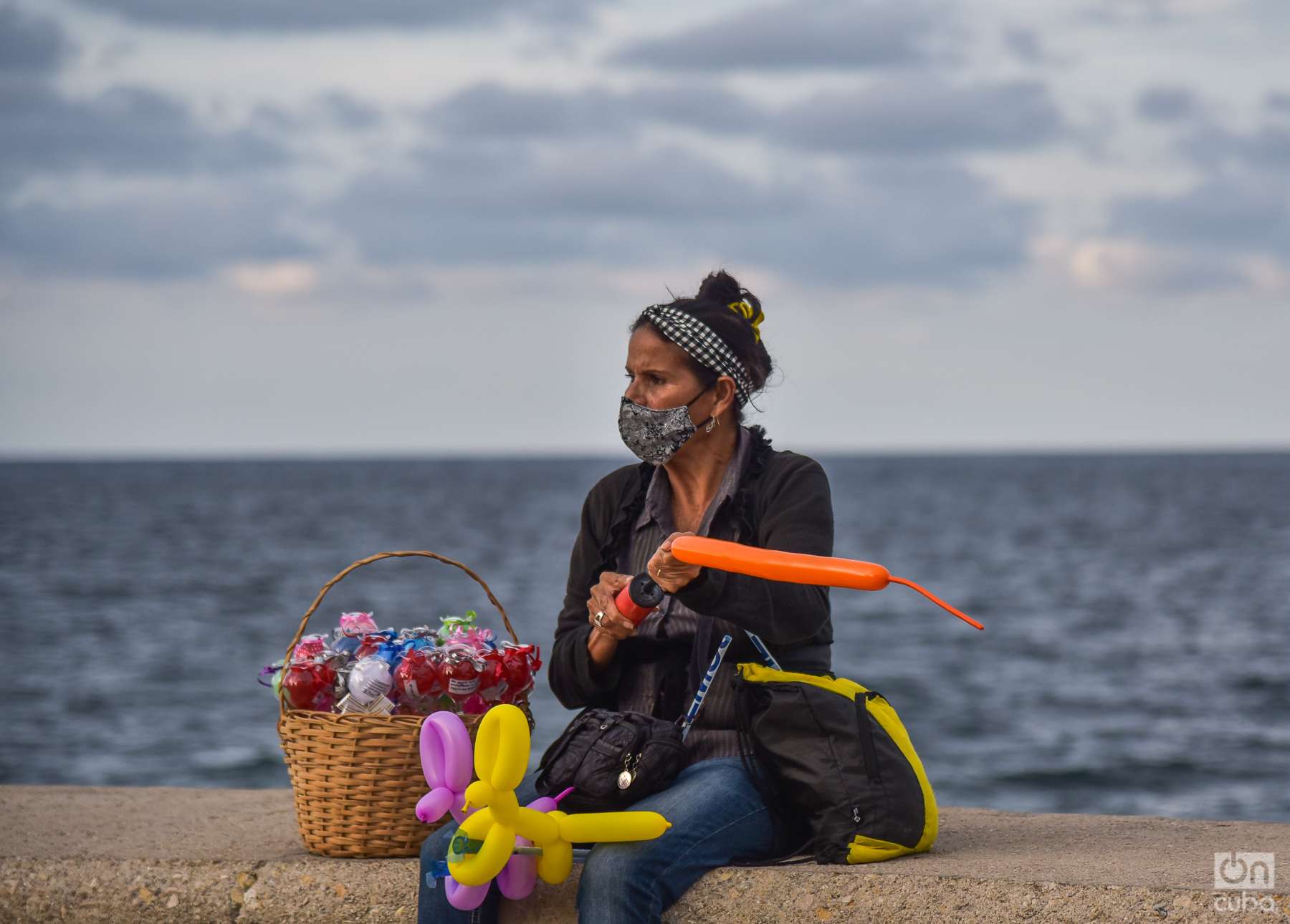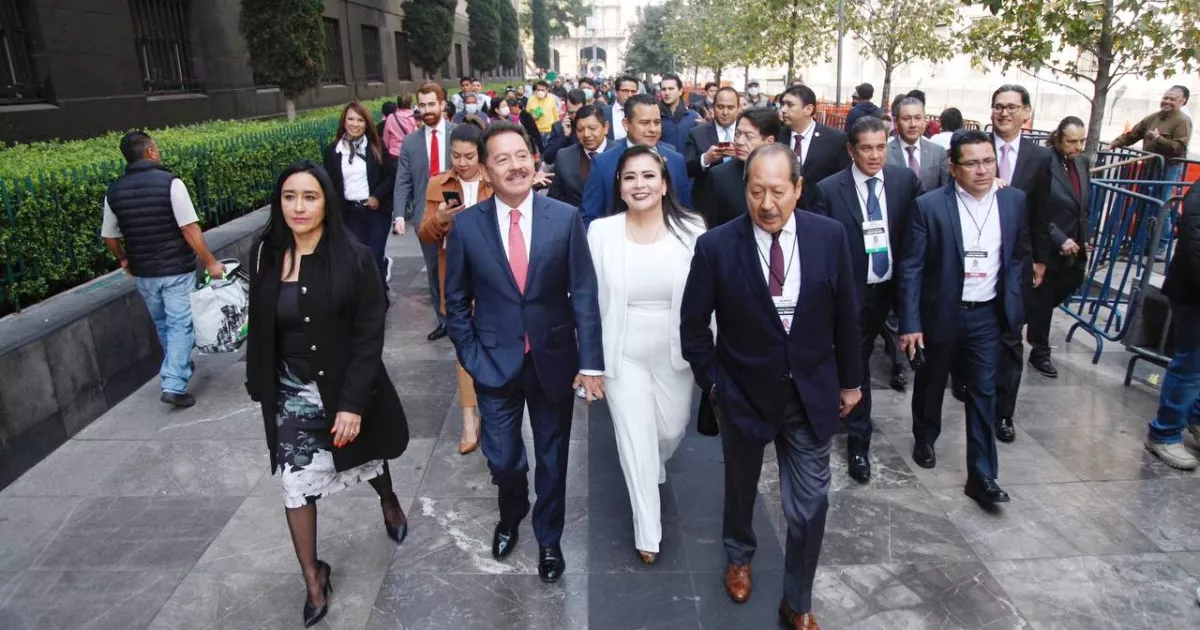Nearing the end of 2022, in the V Plenum of the Central Committee of the Communist Party of Cuba (PCC), the Minister of Economy and Planning, Alejandro Gil, acknowledged that “the levels projected in the economy” were not reached. It’s not surprise. The irrefutable proof, beyond numbers and measurements, lies in the collective feeling that, after one more calendar, they do not perceive improvement in the satisfaction of their basic needs. Rather the opposite.
As officially reported by Gil, in 2022 exports did not grow; foreign exchange earnings were lower than expected; the figures planned for tourism were not reached; the deficit of fuels and energy directly affected the productions of the primary and secondary sectors; and in mercantile circulation it was not possible to stabilize prices or control inflation, because supply levels did not increase.
In economic matters, a year has passed marked by realities and events that are worth looking at again. To this end, we propose a review of some of the most significant aspects of the last twelve months in Cuba.
The energy crisis turned off the productive sector
The fuel and energy deficit slowed down productive activity. Although the statistics of the annual reduction are still unknown, Gil confirmed the “slowdown in the production of cement, steel, agriculture, the sugar industry and other lines” for this reason.
Energy production was a critical issue in 2022. The highest levels of deficit in electricity generation were recorded since the 1990s, within the framework of a crisis that combined the deterioration of the electrical energy infrastructure and difficulties with the supply of fuels.
In practical terms, the crisis affected all lines of production, state and non-state, in one way or another. The lack of generation capacity exceeded 1,100 MW per day in August 2022, and 1,600 MW in November, while demand at peak hours was around 3,000 MW. For their part, difficulties with the production of hydrocarbons in Venezuela —the main supplier— reduced the arrival of fuels from that nation to a average of 56,610 barrels per day in the first half of 2022, from the 115,000 we received in 2015.
In August, President Miguel Díaz-Canel had announced “the recovery of around 290 MW in thermoelectric plants, more than 400 in new technologies and another 190 MW in distributed generation”.
Recent news reports on the synchronization of seven Turkish floating plants with a total availability of 400 MW of power, located in the bays of Mariel, Havana and Santiago de Cuba; and the installation of twelve new generator sets purchased from Russia, with a generation capacity of 89 MW.
Díaz-Canel’s visit to Algeria, Russia, Turkey and China focused on the energy sector, and had among its results the commitment of these key trading partners to help alleviate the energy crisis on the island; in particular Algeria and Russia, which have agreed to provide regular supplies of oil, to be added to those arriving from Venezuela.
Nearing the end of 2022, a recovery of energy generation capacity and a reduction in scheduled power outages are beginning to be perceived. A decrease in the daily deficit has been reported to reach levels below 200 MW for the first time in the year.
Against the wall of debt
In 2022 Cuba remained in a default of debt; that is, in a breach of its external credit commitments, which began in the second half of 2019.
Although this year there was news of the postponement of debt service payments with Russia and China until 2027 —although default interest will be applied—, and the presidential tour of November 2022 derived In the signing of twelve agreements (some of them linked to the reopening of new financing), the island’s financial credibility remains seriously affected.
The effects of the loss of financial credibility —which can only be recovered through debt negotiation and payment— are evident in the difficulty in accessing new credits, the main source to guarantee the importation of resources and raw materials, both to produce food and to generate power.

Without restoring external financial flows, an anti-inflationary plan that allows price control and contributes to macroeconomic stabilization in the medium term cannot be undertaken either.
The Cuban president declared that the commitments of the four nations on the restructuring of Cuba’s debt, as well as the granting of new financing for trade and investment, constitute relief.
But just that. What has underlined José Luis Rodríguez, former Minister of Economy and Planning, if it is not possible to “pay something or some agreement with the creditors that is not only postponing the payment”, “external financing” will not be reactivated and the country will not have “fresh financing” .
Tourism and currencies that never arrived
It is estimated at 800,000 the number of tourists that were expected to arrive in Cuba in 2022 and did not. It represents almost a third of the total of 2.5 million planned.
With access to external financing reduced due to indebtedness levels, this year the Cuban economy was counting on the recovery of tourism and the income in foreign currency it would provide.
However, even when the planned figures were far from those obtained in the last decade and, in particular, between 2016 and 2019 —at which time the indicators of international visitors exceeded 4 million per year, with associated income of more than 2 billion dollars—the plans were not fulfilled.




In fact, the recovery rate of the sector behaved slower than in the rest of the Americas, where it reached 60% only in the first half of the year, while in Cuba a modest 26.6% was registered in relation to the same period in 2019.
The average occupancy rate of international tourism in Cuba between January and September 2022 was only 14.2%, according to data of the National Office of Statistics and Information (ONEI), well below the registered between 2016 and 2020, when was located around 50%.
Despite the indicators, this year the authorities persisted in the commitment to tourism as the engine of the national economy. In business services, real estate and rental activities concentrated 24% of the total to be invested by the country, regardless of the urgent need for investment in food production and the energy sphere. Investment in agriculture was nine times lower, with only 2.6% of the total.
The most recent update of the Foreign Investment Opportunities Portfolio It included a total of 130 tourism-related business opportunities, which rank second in number of opportunities, only surpassed by the 197 in food production.
The fluctuations of the GDP
preliminary calculations project a growth of the gross domestic product (GDP) of only 2%, half the expected figure, and which is 8 percentage points far from what was achieved in 2019.
Authoritative voices agree that the growth of the indicator is directly related to the increase in imports and investment.
In the words of José Luis Rodríguez1to achieve a growth of 1% in GDP under Cuban conditions, an increase in imports of between 2% and 3% is required, and a Foreign Direct Investment of between 2 billion and 2.5 billion dollars per year .
Meanwhile, Cuban economist Pedro Monreal has underlined that “a stable growth of around 5% per year would require a rate of gross capital formation (investment) of close to 25% of GDP in Cuba.” In 2021, the rate was only 16.3%.
Under current conditions, imports do not escape the limits imposed by the lack of own financing due to low foreign exchange earnings; to the lack of external financing due to the sustained default of debt; to the maintenance of the US financial sanctions and to the increase of almost 50% of the prices in the international market in 2022.
At the same time, the necessary “leap” in Foreign Investment has not materialized. Between 2020 and 2021, 47 new businesses were approved in Cuba, of which only 25 had been established in the first half of the current year. Since 2014, only 285 businesses have been approved —of these, 29 reinvestments—, with financial contributions far below what is necessary.
Preliminary calculations on GDP in 2022 match with the forecasts of the Economic Commission for Latin America and the Caribbean (Cepal), which reduced Cuba’s growth estimate to 2% this year. By 2023, the Cuban Minister of Economy advertisement minimum GDP growth of 3%. ECLAC’s projection for Cuba in the indicator for 2023, however, is only 1.8%.
To be continue…
__________________________________________________________________________________________________________________
Note:
1 José Luis Rodríguez: “A first look at the Cuban economy”. In: Cuba Magazine: economic research. No. 1, January-July 2016. Havana, National Institute of Economic Research.





